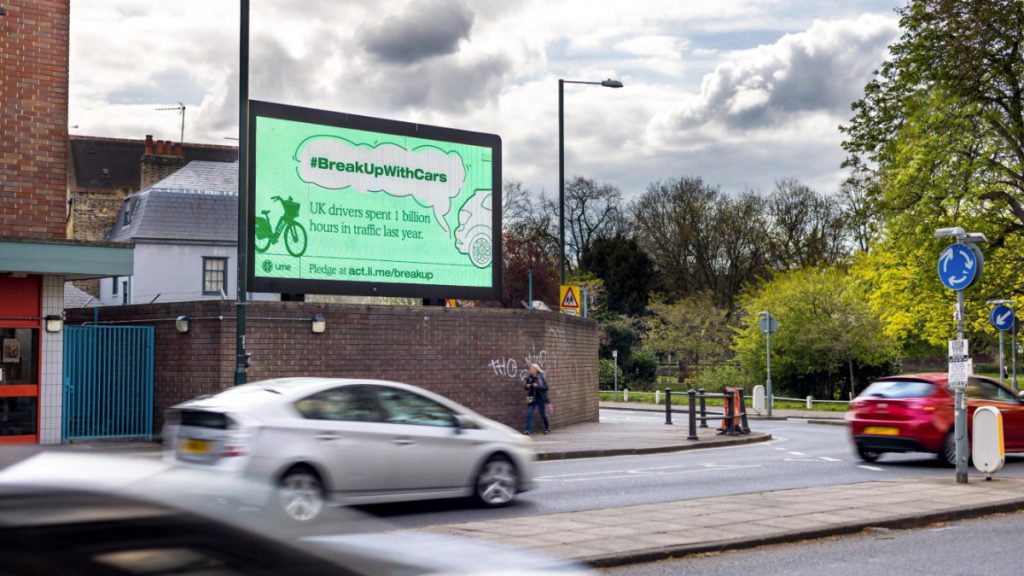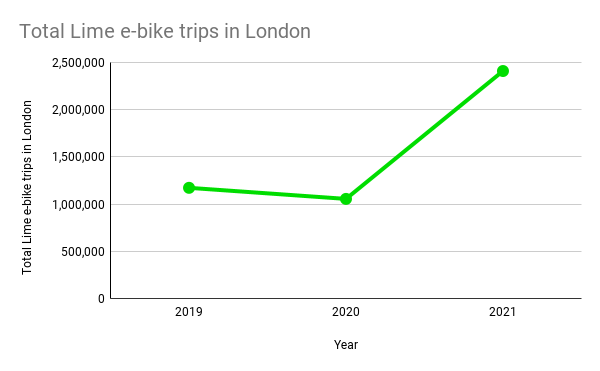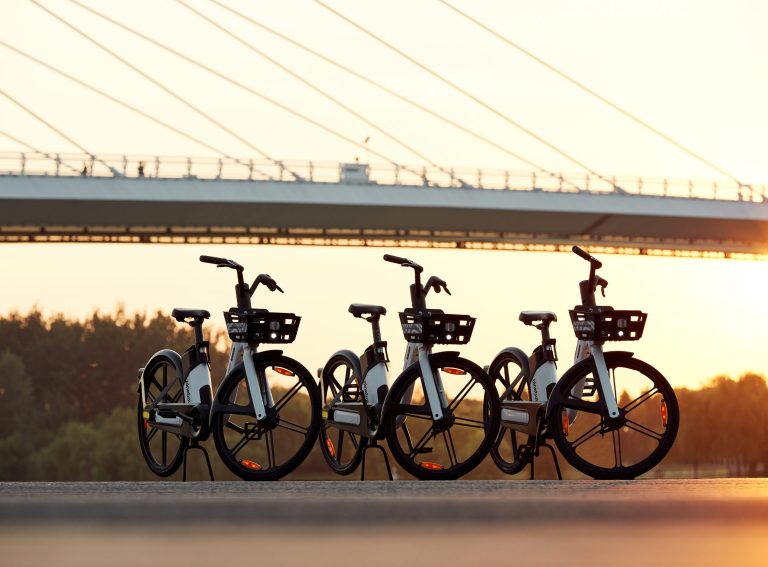Author: Hal Stevenson, Senior Public Affairs Manager, Lime.
There are an estimated 1.4 billion cars on our planet. That’s 1 car for every 4 people. It’s a number that demonstrates our global culture of complete car dependence. Going to work? Off to the shops? Picking up the kids? Many of us get in the car. It’s a culture that blinds us to the serious safety and sustainability issues cars can create.
More than 1.3 million people are killed by cars globally every year. This should not be the “acceptable cost” of using 4 wheels; we need to get angry about it. Cars are often a danger to their drivers, other road users and pedestrians. If aeroplanes killed that many people each year, would we just shrug it off and “get in”?
And that’s only direct deaths. Our car-mad culture has created toxic levels of pollution, congestion and wasted time. Not to mention they rack up an incredible personal expense to households. When you consider the reality of these facts, one thing is clear: we need to break up with cars, and consider other vehicles.
So that’s what Lime’s asking. Through our global campaign, ‘Break up with Cars’, we’re encouraging drivers to put an end to their toxic relationship with cars and open their eyes to other, more sustainable methods of transport. It’s time to stop being gaslit and look beyond the steering wheel.

Compromise is not enough
There’s an assumption that the solution to our problematic relationship with cars is electronification. The Government’s zero-emission strategy involves a planned end to the sale of new petrol and diesel cars in only 8 years. This is certainly a step in the right direction, but despite what they might look like, electric cars are not a silver bullet.
For one, the emissions cars produce extend beyond those that exhaust pipes emit. Consider the carbon footprint developed during the production and shipping of cars before they even hit our roads. Electrification will not change that. Not to mention, electric vehicle battery production remains a highly energy-intensive process.
The electrification of cars also fails to address countless other toxic aspects of our relationship. Their maintenance can still cost users huge amounts of money and they still contribute to traffic and congestion. We also can’t forget that both electric and non-electric cars require parking spaces, which currently take up as much space as 350,000 homes in the UK.
Hot e-bike summer
In order to break up with cars, we need other options. Alternatives like cycling and scooting provide greener and more time efficient ways to get around. Lime has committed to investing £20 million into our UK operations over the next 18 months to help ensure more people are able to use our e-bikes and e-scooters across the UK.
But we also need some push factors to encourage this mode-shift. Disincentives for driving such as clean air zones, reduced on-street parking and wide scale pedestrianisation, will be paramount in achieving a change in attitude and usage. When the Mayor extended the Ultra Low Emission Zone (ULEZ) in London, we saw a huge increase in new rider sign-ups and trip numbers on our e-bikes and e-scooters. Lime collected similar data for new cycle lanes and Low Traffic Neighbourhoods (LTN) in the capital.
We’re in for a hot e-bike and e-scooter summer. People are already in the process of transitioning to these new, greener forms of transport in UK cities. Riders in London, Greater Manchester and Milton Keynes have used our electric scooters over 1 million times since the UK Government trials started. Last year alone, people in London rode our e-bikes 2.5 million times – a record we’re looking to break in 2022 – and we’ve recently hit 5 million e-bike rides in total in the Capital.

A massive shift is underway and there’s only one way it will end: car-free. You can join our pledge to #BreakUpWithCars – alongside 14,000 others – here.
Hal Stevenson is a speaker at the upcoming New Mobility Forum on 13 May in London. Click here to find out more about the event.











